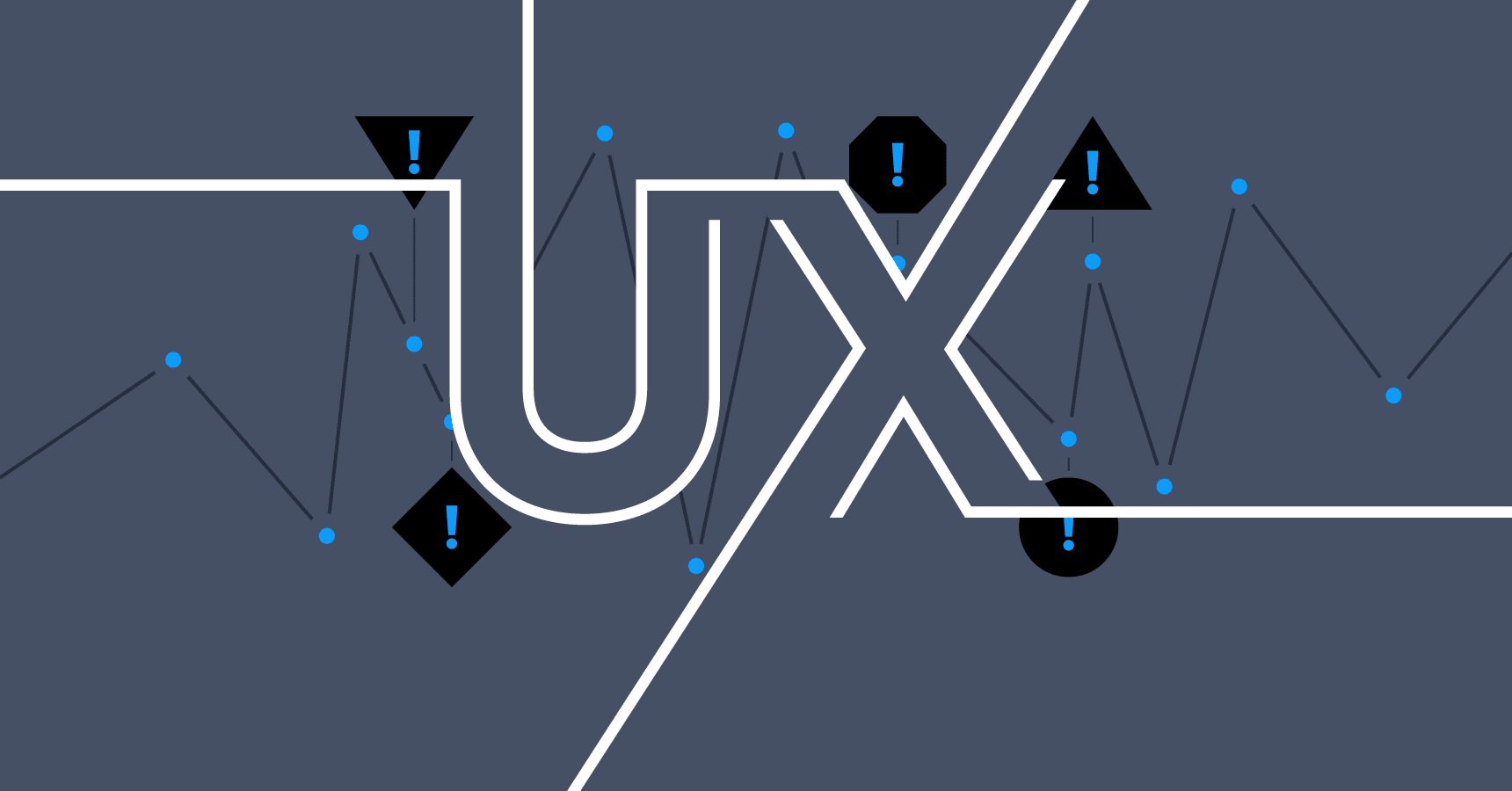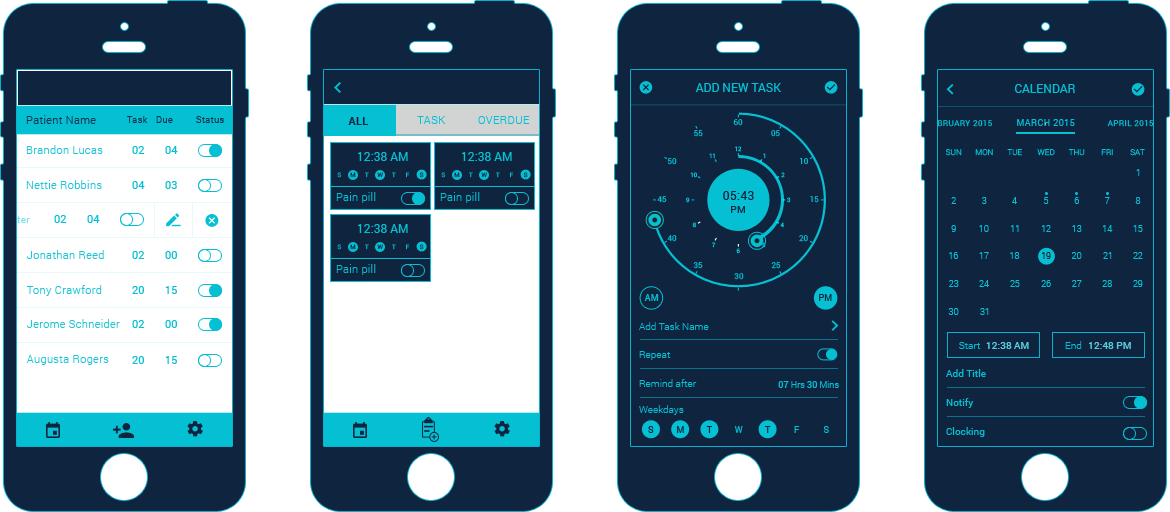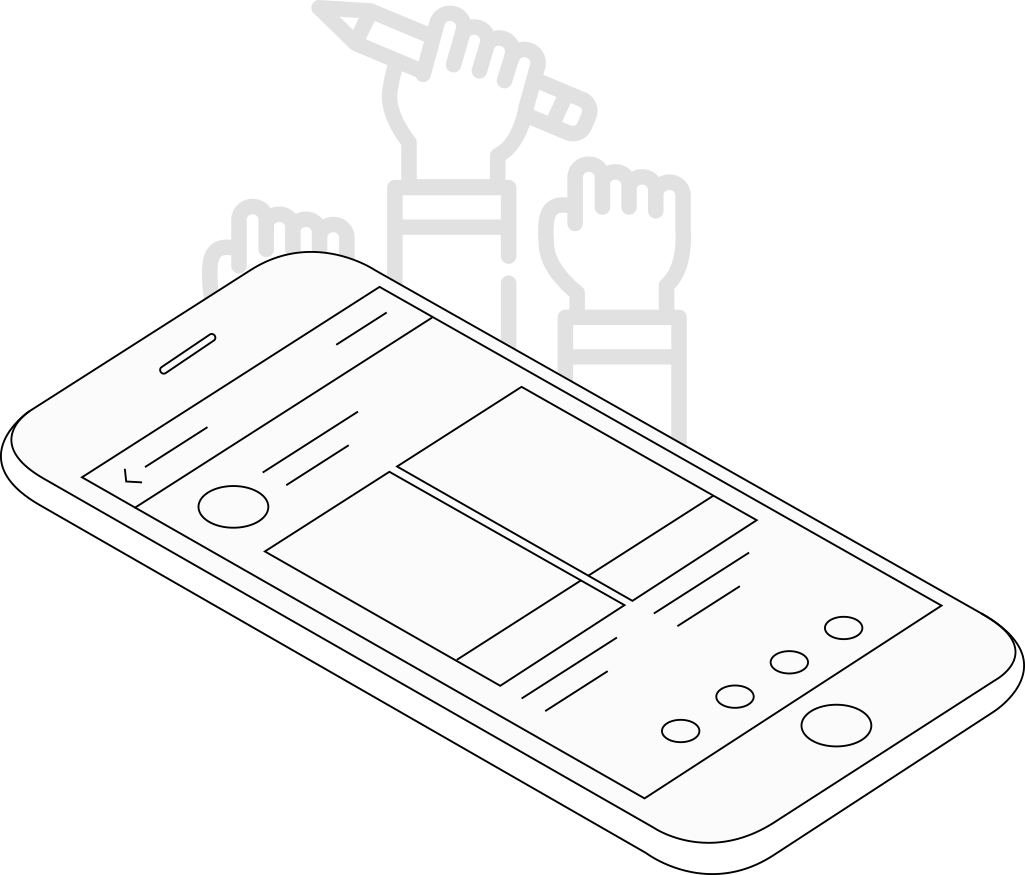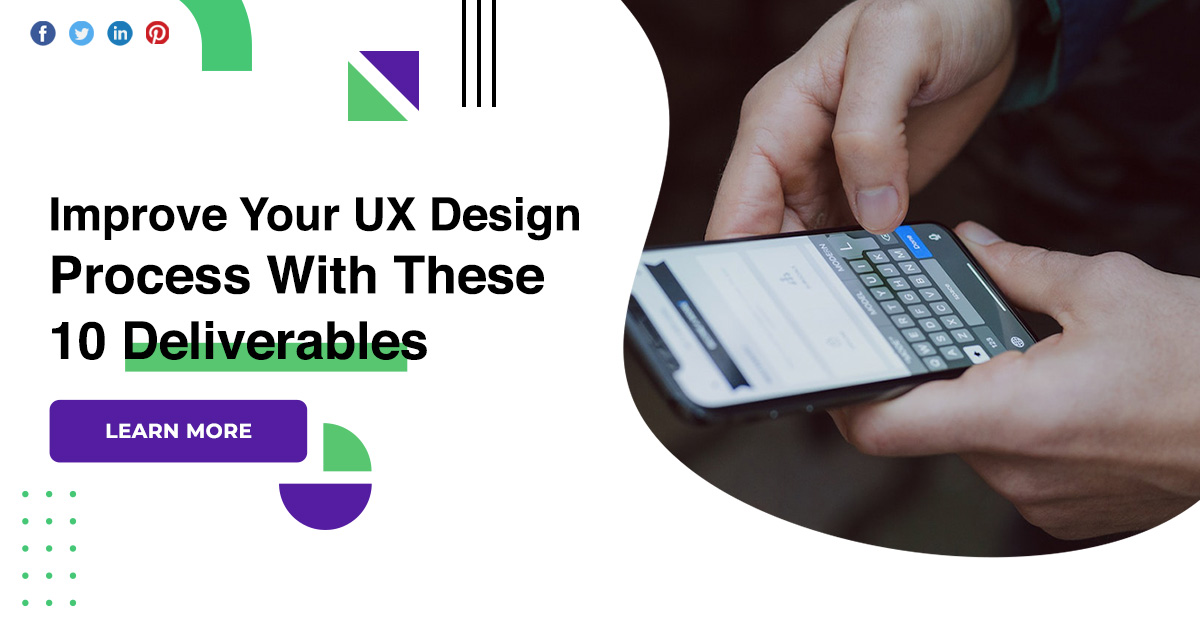Improve Your UX Design Process With These 10 Deliverables
Traditionally, in user experience, the output is a type of document that acts as a record of work done.
UX design process
Business objectives and technical specifications
Any UX design process begins with understanding the intent of the product. This output should capture the problem investigated, proposed solutions, and a broad description of the target market.
Competitive analysis
When designing a new product, it is important to confirm that it is suitable for the market. As a UX designer, your next task is to determine if the product has a competitive advantage over similar products on the market.
Business objectives and technical specifications
For a UX professional, it all starts with understanding the product vision. Simply put, the statement should include the problem being addressed, the proposed solution, and a general description of the target market.
User survey
User research is one of the primary steps and is quite important for the success of the entire design process. A design without in-depth user research will ultimately lead to product market failure.
Personas
It represents typical users, their goals, motivations, frustrations, and skills. Depending on the scope of the projects, designers will generate a number of different personas to appeal to the widest possible audience.
Usability report
UX output that you should optimize in your design process is the usability report. After the design is complete, you want to run some tests on real users to get honest feedback. Usability tests will reveal whether your target customers have problems using the product.

User flows
A user flow is the series of steps a user takes to achieve a meaningful goal with your product. In the design process, this flow is defined using a visual representation showing the steps and flow.
UX wireframes
At the core of UX design methodology, wireframes are two-dimensional “blueprints” illustrating the design framework and interface elements. They are primarily a layout tool, helping to define information architecture, content layout, functionality, interaction design, and intended user behavior.

Prototypes
Prototyping is an iterative way of creating an interactive working version of a product that is used to validate your design ideas without writing a single line of code.

Competitive audit
Competitive audit as a UX product is used in the research phase. Its aim is to research and analyze your competitors’ products and find some uncovered gaps in their design.
Conclusion
As a UX designer, it is your responsibility to leverage these outputs to enable owners/companies to develop products or services that touch human needs, behaviors, motivations, and expectations.











